Huawei assisted in constructing Tianjin's smart and eco-friendly port
This smart terminal was constructed by Tianjin Port Group, Huawei, and other partners in an effort to construct a smart and environmentally friendly port.
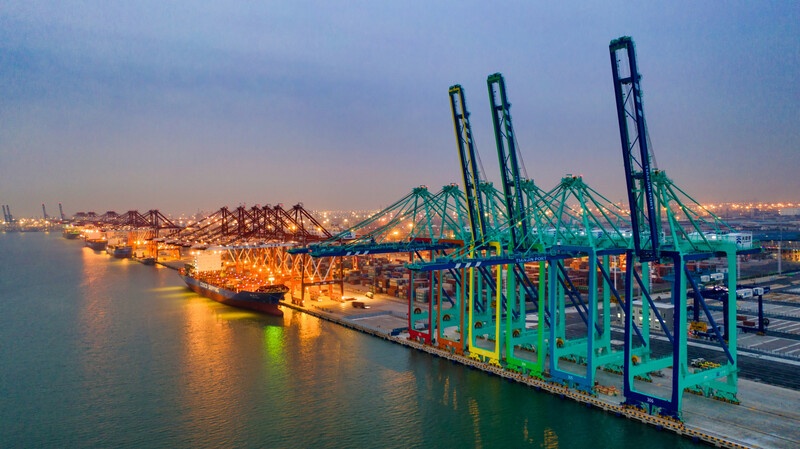 |
| Huawei and Tianjin port launch the smart and green port |
Huawei's self-developed, fully AI-based intelligent horizontal transportation system is one of the most inventive solutions to this problem. The port features large-scale commercial use of ultra-L4 driverless technology, the world's first 5G and BeiDou integration of ubiquitous intelligence, and the world's first self-sufficiency in green power and zero carbon emission. This accomplishment serves as a template for other regions to construct intelligent and low-carbon ports.
Traditionally, a huge number of container trucks were required to deliver containers to yards inside ports, and utilising human drivers is quite costly.
For instance, Tianjin Port currently has 76 container trucks. Each container truck requires three drivers working in three shifts every day to operate nonstop.
This necessitates a total of 210 drivers. In addition, it is tiring for truck drivers to drive three shifts on set routes, which poses an evident safety risk. Now, each container uses 20 per cent less energy, and cranes are 20 per cent more efficient on average, operating 39 containers per hour per crane.
On the visiting platform of the container terminal in Section C of Tianjin Port, unmanned electric container trucks and container cranes work autonomously.
At the port, remotely operated quay cranes load containers laden with goods from cargo ships onto unmanned electric container trucks before securing the containers. The container trucks are guided to the automated locking/unlocking stations by the BeiDou satellite navigation system based on the best driving path determined in real time, to unlock the containers before driving to the container yard. The whole procedure is performed in one step.
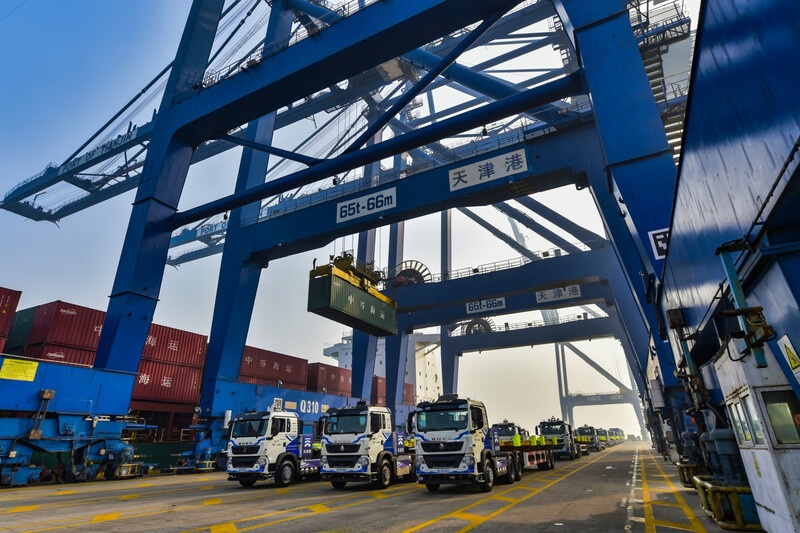 |
| Tianjin Port |
This invention is anticipated to alleviate the problem that port congestion created serious disruptions in global supply chains as most businesses ran out of goods around Black Friday and Christmas, the peak selling season, as they did at the end of last year.
The port of Tianjin is one of the most technologically sophisticated in China and a key hub for the One Belt, One Road plan. It has a 300,000-tonne-class pier with a 22m-deep waterway. It has 192 berths of several kinds and 128 berths exceeding 10,000 tonnes.
The port's cargo throughput hit 435 million tonnes by the end of 2021, placing it tenth in the world, while its container throughput surpassed 18.35 million TEU, placing it eighth in the world.
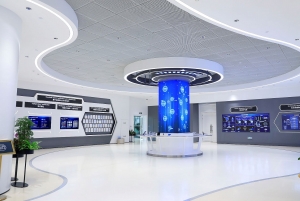 | Huawei opens Global Cyber Security and Privacy Protection Transparency Centre in China Huawei opened on June 9 its largest Global Cyber Security and Privacy Protection Transparency Centre in Dongguan, China, attracting representatives from Global System for Mobile Communications (GSMA), SUSE, the British Standards Institution, and regulators from the United Arab Emirates and Indonesia. |
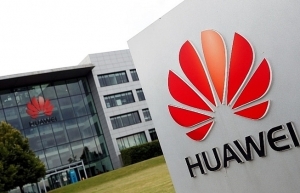 | Huawei makes $49.42 billion in revenue in first half Huawei on August 6 announced that it generated CNY320.4 billion ($49.42 billion) in revenue in the first half of 2021, with its net profit margin reaching 9.8 per cent. |
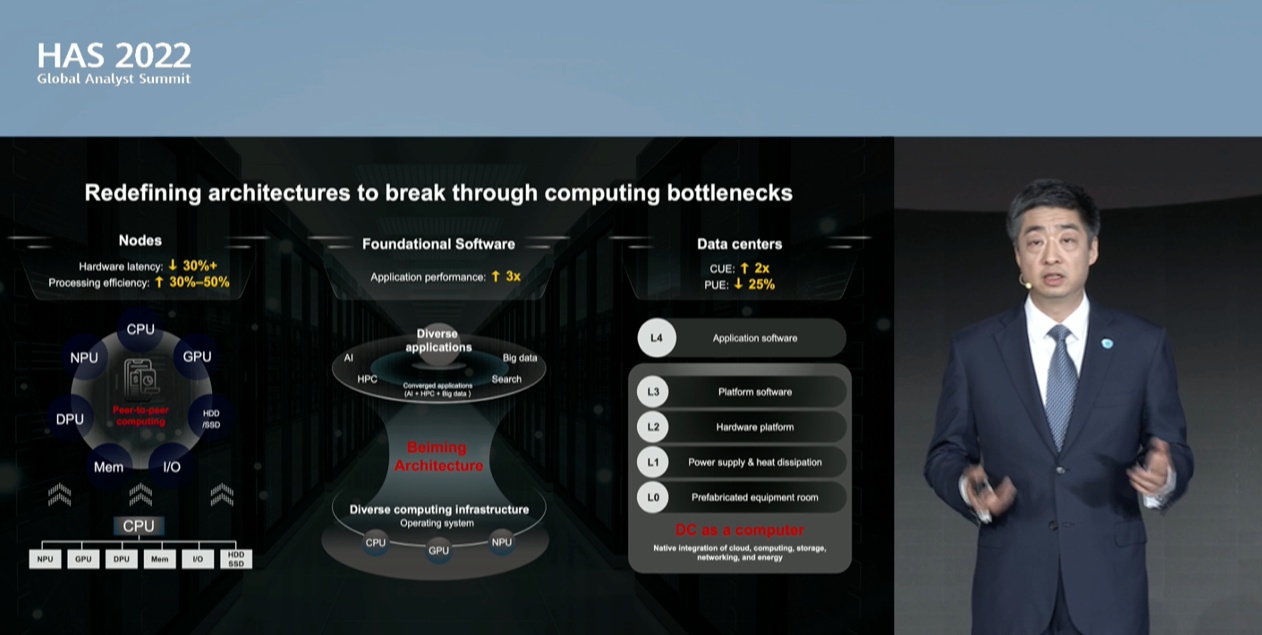 | Huawei innovates nonstop to build greener world ICT innovation leader Huawei is committed to building green ICT infrastructure, accelerating the development of renewable energy, improving energy savings, and reducing emissions in a wide range of industries, all with the hope of promoting sustainable development within society at large. |
What the stars mean:
★ Poor ★ ★ Promising ★★★ Good ★★★★ Very good ★★★★★ Exceptional
 Tag:
Tag:
Related Contents
Latest News
More News
- 72 nations sign landmark Hanoi cybercrime convention (October 26, 2025 | 18:00)
- UN Secretary-General commends Vietnam’s global leadership (October 26, 2025 | 09:00)
- APEC finance ministers convene to tackle regional challenges (October 22, 2025 | 17:31)
- Rewiring global trade: ASEAN’s rise as supply chain hub (October 17, 2025 | 11:40)
- Vietnam attends first World Nuclear Week Forum in Russia (September 26, 2025 | 10:50)
- Vietnam attends 69th session of IAEA General Conference (September 16, 2025 | 10:00)
- ADB, WB pledge over 12 billion USD for ASEAN power grid, renewable energy projects (August 15, 2025 | 14:18)
- Lowy Institute proposes AI-based tobacco control solutions for ASEAN (August 15, 2025 | 14:14)
- Cloud computing policy to position Malaysia as regional hub by 2030 (August 15, 2025 | 14:11)
- Thailand, Cambodia suffer numerous cyber attacks (August 05, 2025 | 16:19)
























 Mobile Version
Mobile Version